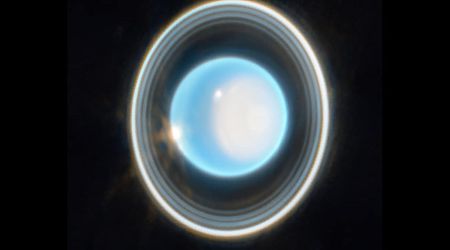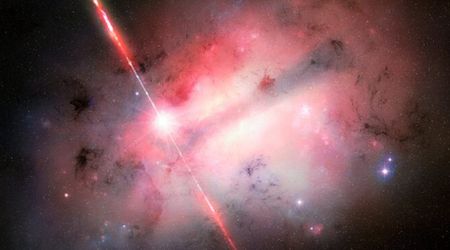Trump pushes $1 billion plan to send humans to Mars—with private companies leading the charge

President Donald Trump aimed to utilize the private sector to spearhead human missions to Mars, a vision that closely mirrored Elon Musk's ambitions. His 2026 budget proposal, unveiled on a Friday, earmarked over $1 billion for Mars exploration, reported Business Standard.

This included a new NASA initiative called the "Commercial Mars Payload Services" (CMPS) programme, under which NASA would issue contracts to private companies for developing crucial elements like spacesuits, communication systems, and human-rated landing vehicles to support Red Planet exploration. However, Trump's proposed $18.8 billion NASA budget also entailed roughly a 25% cut from the previous year's funding, significantly impacting the agency's scientific endeavors. This detailed budget request, released on Friday, elaborated on a more condensed proposal presented earlier that month. This push for private sector involvement, however, was framed within a context of fiscal responsibility. "We must continue to be responsible stewards of taxpayer dollars,” wrote NASA Acting Administrator Janet Petro in a letter accompanying the budget request, adding, “That means making strategic decisions — including scaling back or discontinuing ineffective efforts.”

The proposed Mars initiative draws inspiration from NASA's existing "Commercial Lunar Payload Services" program, which has seen participation from companies like Intuitive Machines LLC, Firefly Aerospace Inc., and Astrobotic Technology Inc., despite achieving mixed results. The budget indicates that any contract for a Mars lander would leverage existing lander agreements. Notably, Elon Musk's SpaceX is already at work on a Starship rocket variant designed for returning American astronauts to the Moon as part of the Artemis program. Just this week, Musk himself shared his ambition for a large-scale Mars settlement with SpaceX employees.

Trump's nominated choice to lead NASA, tech billionaire Jared Isaacman, assured lawmakers that the agency could simultaneously pursue both lunar and Martian missions. Despite this, the administration's proposed budget cuts, particularly those affecting NASA's science portfolio, drew criticism from within the space industry and from lawmakers, including prominent Republicans like Newt Gingrich and Bob Walker. Isaacman himself acknowledged that these science cuts would not be an "optimal outcome." Furthermore, the administration had previously announced plans to phase out the Boeing Co.-built Space Launch System (SLS) rocket and the Lockheed Martin Corp. Orion crew capsule after just three flights, despite years of development.
Instead, the budget outlines a strategy for new, private sector-led lunar missions, asserting that this approach would minimize costs and reduce schedule risks. The new lunar strategy is modeled after NASA's successful "Commercial Cargo and Crew" program, which was instrumental in fostering the development of SpaceX's Falcon 9 rocket and Northrop Grumman Corp.'s cargo-hauling Cygnus spacecraft. However, this budget proposal is anticipated to face strong opposition from veteran members of Congress, such as Texas Republicans Senator Ted Cruz and Representative Brian Babin, who have been vocal defenders of the current plans for returning to the Moon.
Beyond human exploration, the administration's budget considerations also extend to ongoing scientific endeavors on Mars, though not without their own challenges. For years, NASA's Mars Sample Return (MSR) mission has aimed to retrieve a collection of Martian rocks that could hold clues about potential past life on the Red Planet. Since its 2021 landing in Jezero Crater, the agency's Perseverance rover has been diligently collecting and storing intriguing rock samples. However, escalating costs and mission delays have significantly hindered both NASA and the European Space Agency's efforts to execute a plan for actually retrieving these samples and transporting them to Earth for further scientific study, as mentioned in USA Today.









